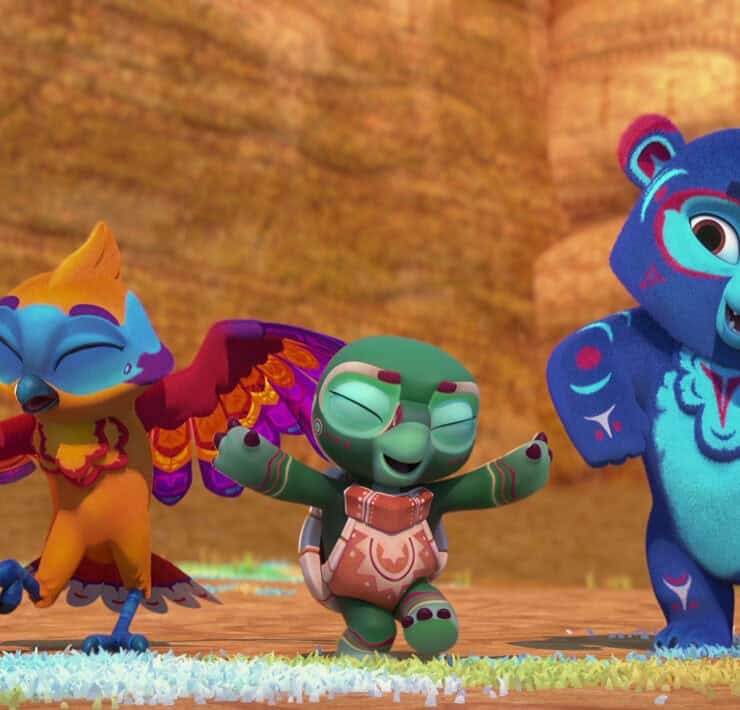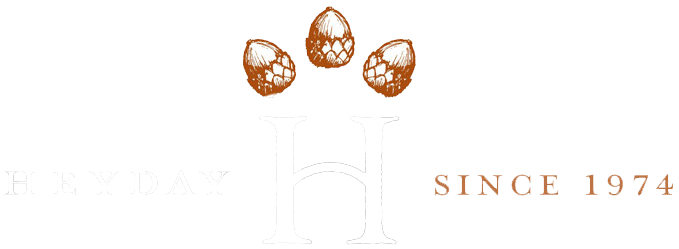
By Emily Clarke
If you are at all active on Instagram, you’ve definitely seen the constantly-circulating Prey movie memes and the heartwarming clips of the cast of Reservation Dogs at their first Jimmy Fallon interview. Social media, although sometimes the catalyst for hate, has a way of bringing people together through common interests and humor. This is especially true for the Native community; from popular meme pages to entire accounts dedicated to showcasing our cultures, many Native people love to express their political opinions as well as partake in sharing humorous posts on social media sites. Although the Native perspective has always been present, it seems that Native culture, humor, and politics have become extremely popular on social media within just the last few years. In my opinion, this has a lot to do with the rise in popularity of branding yourself as an “Influencer.” By partaking in this new influx of combining career and social media, Native content creators are taking representation (or the lack thereof) into their own hands. However, influencer culture is not the only reason we are seeing a rise in Native perspective on our FYPs (For You Pages). The recent upswing of television shows and movies centered around the Native experience also has a lot to do with the seemingly sudden gain in popularity of Native media.
From the new psychological thriller series Dark Winds to the wildly funny Rutherford Falls, Native stories, faces, and culture seem to be taking over every popular streaming service. Even horror fans can get their fix with Blood Quantum, the 2019 horror film about a zombie uprising within the First Nations community. Strangely, there was a time not too long ago when the movie Smoke Signals ruled the world of Native pop-culture as well as many of the Native meme pages on social media. Although Smoke Signals will always be near and dear to all of our hearts, it’s refreshing and almost addicting to consume new Native media and to reap the benefits of your favorite Native meme page doing the same. As Natives, there are many things that bring us together: tradition, food, commonality, humor, etc. But there is something unique about Native people being able to relate to one another through our common enjoyment of what I’m calling “Native TV.” Our daughters now have the ability to learn from coming of age stories about young women similar to them (like Elora of Reservation Dogs) on their TVs or tablets. Our professors and fellow students are able to come to Native studies classes with a more current, in-depth understanding of Native culture and perspective. When we think of representation within the media, many of our minds envision little brown kids watching mirrors of themselves on the TV and growing up with a stronger sense of belonging. Although this is absolutely a benefit, representation can do more than just inspire; it can educate. Take the movie Prey for example. Although I have my own inhibitions about the historical timeline and setting of the movie, perhaps a Non-Native person watching it would ponder the idea of European-contact on a day when they normally would be privileged enough not to. Perhaps a Native watcher might feel some sort of satisfaction in response to the powerful female warrior on the screen, and therefore also be reminded of the history of colonization and the strength of our people. Then, the two people in this hypothetical example would be able to have a conversation about the similarities between Predator and colonialism despite their different backgrounds and ethnicities.
In a way, memes also have the ability not only to bring people together, but to educate them on Native news and issues. Is a popular Native meme page really that different from a news journal such as this one? To be fair, the writing that goes into publishing journals such as News From Native California is rooted in long hours of research, and some may argue that making memes takes a bit less intellectualism, but still, many Native meme pages use their platforms to report on Native issues. Take @ndnmemer for example, although their content is not for the faint of heart, their page has brought many current Native issues to my attention. It was there that I first learned that the Queen had died, there that I giggled about land acknowledgements within academia while feeling out of place on my college campus, and there that I began to understand how many varying perspectives Native people have on the idea of representation. The thing many Native meme pages have in common is their use of Native TV in the media that they create. Snapshots from Reservation Dogs, Prey, Dark Winds, Rutherford Falls, and of course, Smoke Signals are common occurrences and are often used as catalysts for messages of social change. Memes featuring popular Native TV characters and scenes are widely admired, and as memes do, get circulated around Instagram and other forms of social media faster than wildfire. I’ve even seen well-known Native influencers sharing some of the most popular, therefore spreading the message to their entire audience and strengthening representation of the many Native perspectives on social media.
For those of you who haven’t dabbled in watching any of the new Native shows mentioned in this article, I highly recommend you expand your understanding of Native pop-culture, have a few laughs, maybe shed a couple tears, and do so. I myself am still working through the watch-list and still sorting through the feelings I have about each episode with help from my favorite Native meme pages. Although Native representation within the media and specifically on television was desperately needed, I am cautious of being overly-accepting and giddy towards the new media coming out simply because as a Native person, I have been starved for just a sliver of representation my whole life. Not all representation is positive representation, and I think we as Native people now have the agency to criticize the representation we see as lackluster. We’re no longer living in a world where Smoke Signals is the most well-known Native film. Instead, we have the ability to bounce back and forth between a Native drama series and a Predator film featuring Native warriors and a Rez dog. Discussions about the pros and cons of various instances of Native representation are vital within the Native community and although sharing relevant memes is part of that discussion, there is power to be found through understanding representation and its effect on our communities.





